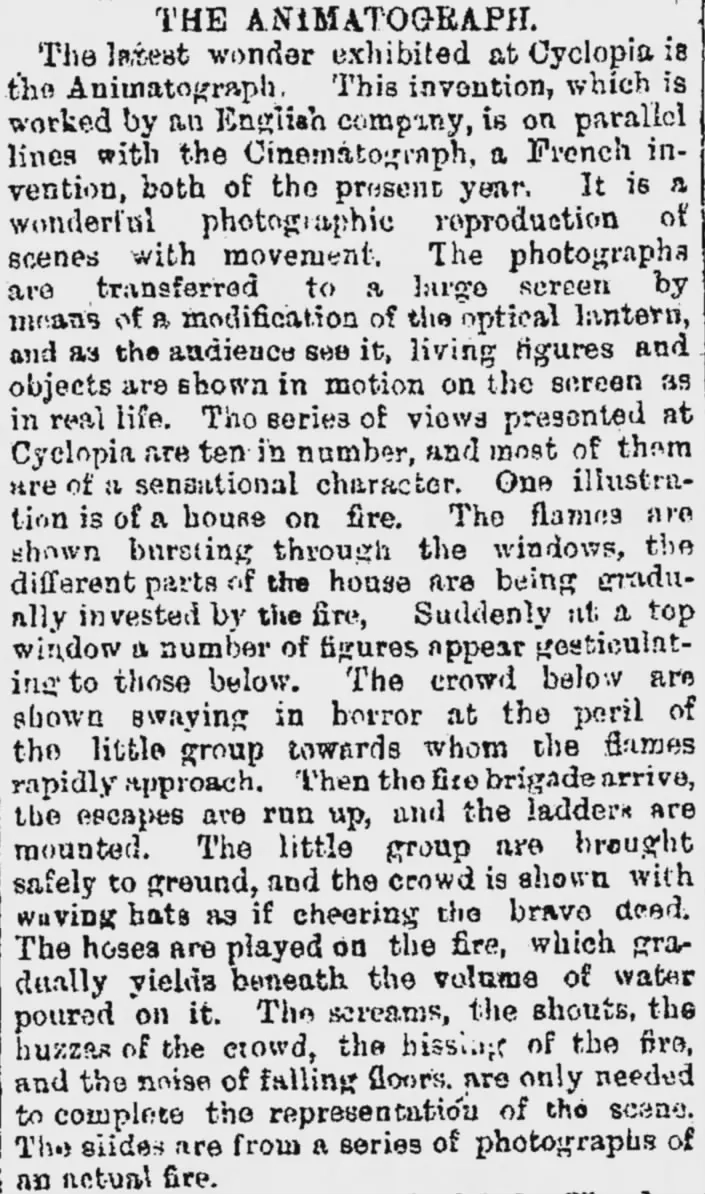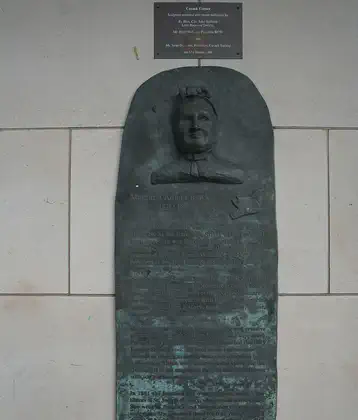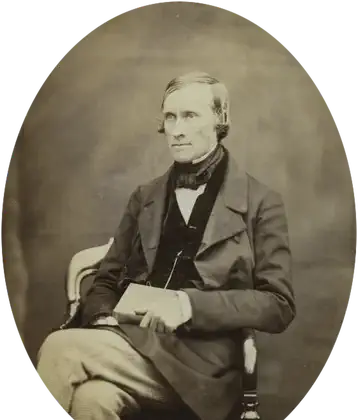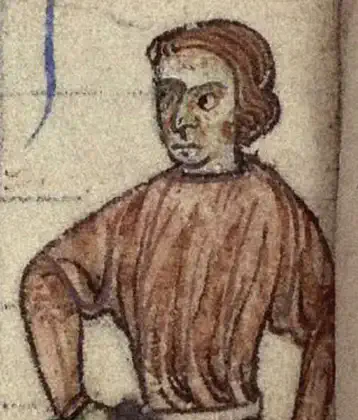On April 20, 1896 in Celtic History
A demonstration of the cinématographe is held in dublin at dan lowreys star of erin theatre

Cinematograph, kinematograph, or Animatograph is an early term for several types of motion picture film mechanisms. The name was used for movie cameras as well as film projectors, or for complete systems that also provided means to print films (such as the Cinématographe Lumière).
A show the previous month at the Star Theatre of Varieties, while commercially successful in the numbers attracted, did not meet the expectations of at least some members of its audience.
A reviewer with the Irish Daily Independent commented that a little disappointment was experienced in connection with the display of the animatograph
This instrument is undoubtedly capable of accomplishing great things, but it seemed to be out of order, and the pictures which it showed were much below the level of excellence which the kinetoscope or the zoopractiscope have already showed to music hall audiences.
The Irish Times’ reviewer made similar comments but added that the audience ‘regarded the exhibition with interest, and applauded it’.
The manager of the Star, Dan Lowrey, noted in the theatre’s engagement book that there was ‘not enough light on the pictures"
About The Star of Erin Music Hall
Dublin’s Olympia Theatre started out as The Star of Erin Music Hall in 1879, with its principal entrance opening onto Crampton Court. The theatre was built on the site of a former saloon and music hall originally called Connell’s Monster Saloon in 1855. It was renamed Dan Lowrey’s Music Hall in 1881.
In 1889 it was renamed again, this time to Dan Lowrey’s Palace of Varieties. It was again renamed The Empire Palace in 1897 after undergoing a series of refurbishments. It was renamed the Olympia Theatre in 1923
1st Techinical Success of the Animatograph
The first successful public exhibition of the projected moving pictures (animatograph) in Dublin was at the Cyclopia charity fete on the Ballsbridge show grounds of the Royal Dublin Society between 19 and 25 May 1896.

More From This Day





Maurice FitzGerald, MP for Co. Kerry, presents the Irish Protestant petition for Catholic relief
April 20, 1812

James David Forbes, physicist who devised first form of seismograph, born.
April 20, 1809



